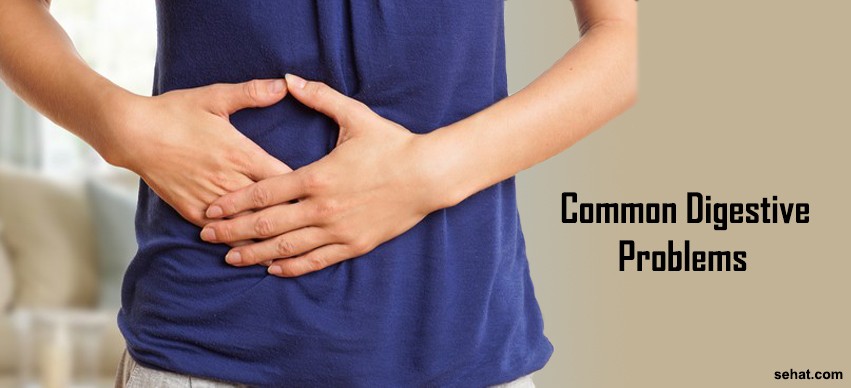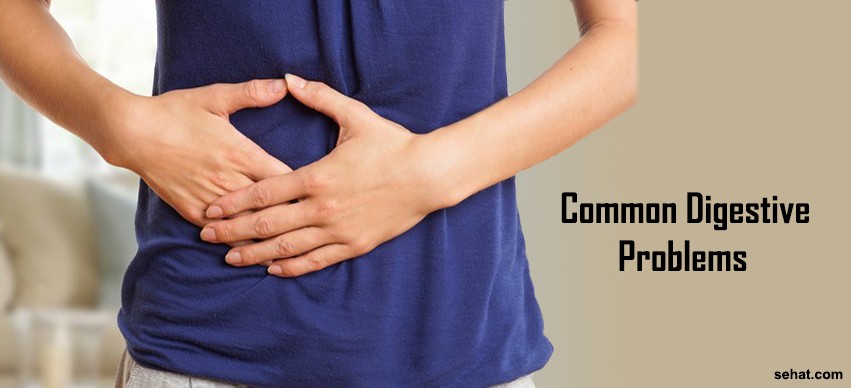How Communities Are Changing the Way We Think About Aging in..
8 Min Read


Stomach disorders are something people hate heart and soul. A bloated, cramped and paining stomach is a real party pooper – literally and figuratively – and is the underlying (read: covert) cause for a vast range of other psychosomatic disorders that affect anything from the joints to the brain. Those who are laughing away at the statement, think about the gas tank of your car. Unless the required amount of fuel gets supplied, the whole car stops functioning properly. It pressurizes the fuel pump, makes the engine knock affecting the transmission and so on. You end up with a jalopy that’s sound in every part, except the horn.
Similarly, the stomach is your gas tank. It supplies the body with all that it needs to function properly. If that doesn’t happen, the various systems turn wobbly over time and give rise to symptoms of complications, which we try suppressing with medicines. The fact that disorders like schizophrenia and dangerous behaviors like rash driving have stomach disorders as root cause may come as a blow to the most of us, so it is high time we get well-informed on that.
A gassy stomach…well, we all get it from time to time, don’t we? That’s absolutely normal. But wait, that’s for the odorless mix of CO2, Methane, Nitrogen, Hydrogen and Oxygen flowing out; a foul smelling burp or flatulence is – most of the times – a sure sign for candida (yeast of the genus Candida) infection. Candida is an opportunistic fungi, always sneaking up following antibiotic treatments. It is our gut flora that fights candida normally. Since antibiotics wipe them off along with the pathogens, there stays none (or very few) to defend the guts once the effects of the antibiotics end and candida creeps up. This is when diarrhea also shows up and the condition often becomes a chronic one.
Among other pathogens causing infection of the stomach Giardia Lamblia, Rotavirus, Norovirus and Campylobacter (in adults) and Heliobacter Pylori rule the roost, the last one being the most abundant cause for several gastro-duodenal diseases, including gastritis and gastric, duodenal and other peptic ulcers. These give rise to symptoms that range from occasional stomach cramps and bouts of diarrhea (the mild ones) to severe gluten and lactose intolerance leading to malnutrition and an abundance of the pathogen-produced toxins in the blood, which start affecting the brain and neural networks within sometime. Overall, it becomes a magnificent recipe for disasters and the rest you can pretty well guess.
It is the stomach acid (gastric acid), a mix of hydrochloric acid, potassium chloride and sodium chloride that breaks down food matter into their very basic components for being absorbed by the villi and microvilli in the small intestine. It is also stays responsible for cutting out stomach infection by at least 70%, but the modern, half-bred scientific ideas on being health conscious poses a major bar upon that. We have discarded common salt from our diet, the essential components for the gastric acid, to keep blood pressure under check. Similarly, the medical dogma on saturated fats has also resulted in its exclusion from the diets, but most of us don’t know the fact that moderate quantities of them (around 20 grams a day) are essential to fight candida, besides keeping the hormonal balances intact. It also helps the bile juice to flow freely and prevent gall stones from forming.
But the emphasis stays on polyunsaturated oils (especially plant-based omega-6) instead; these oxidize readily at body temperature, creating free radicals and turning the immune system even weaker and the stomach and the intestines (especially the colon) more prone to infections, which eat away the mucous membranes along the esophageal tract and the epithelial cell linings, giving rise to gluten and lactose intolerance. To keep things intact, you just need to increase the strength of the stomach acids and the concentration of Lactobacillus acidophilus and bifidobacteria in the intestines.